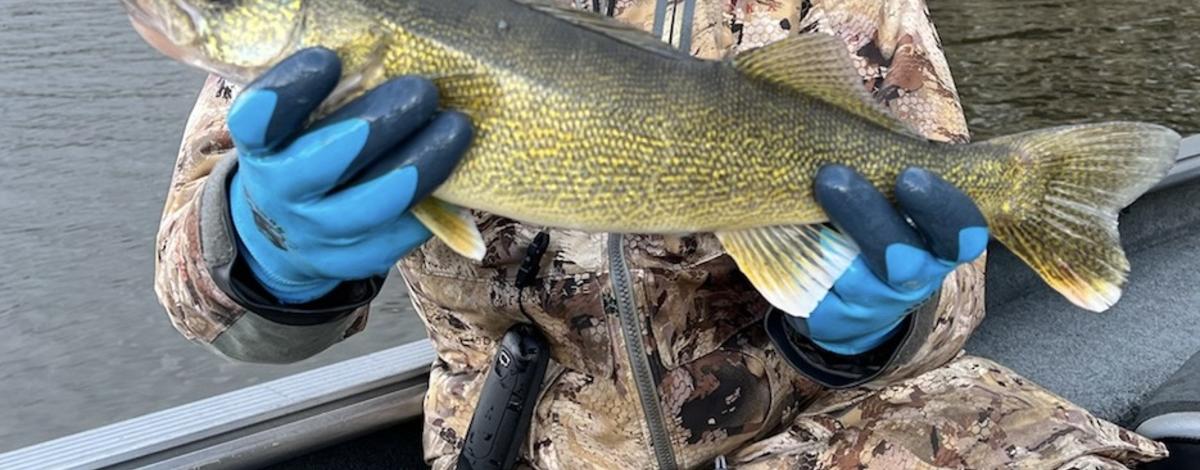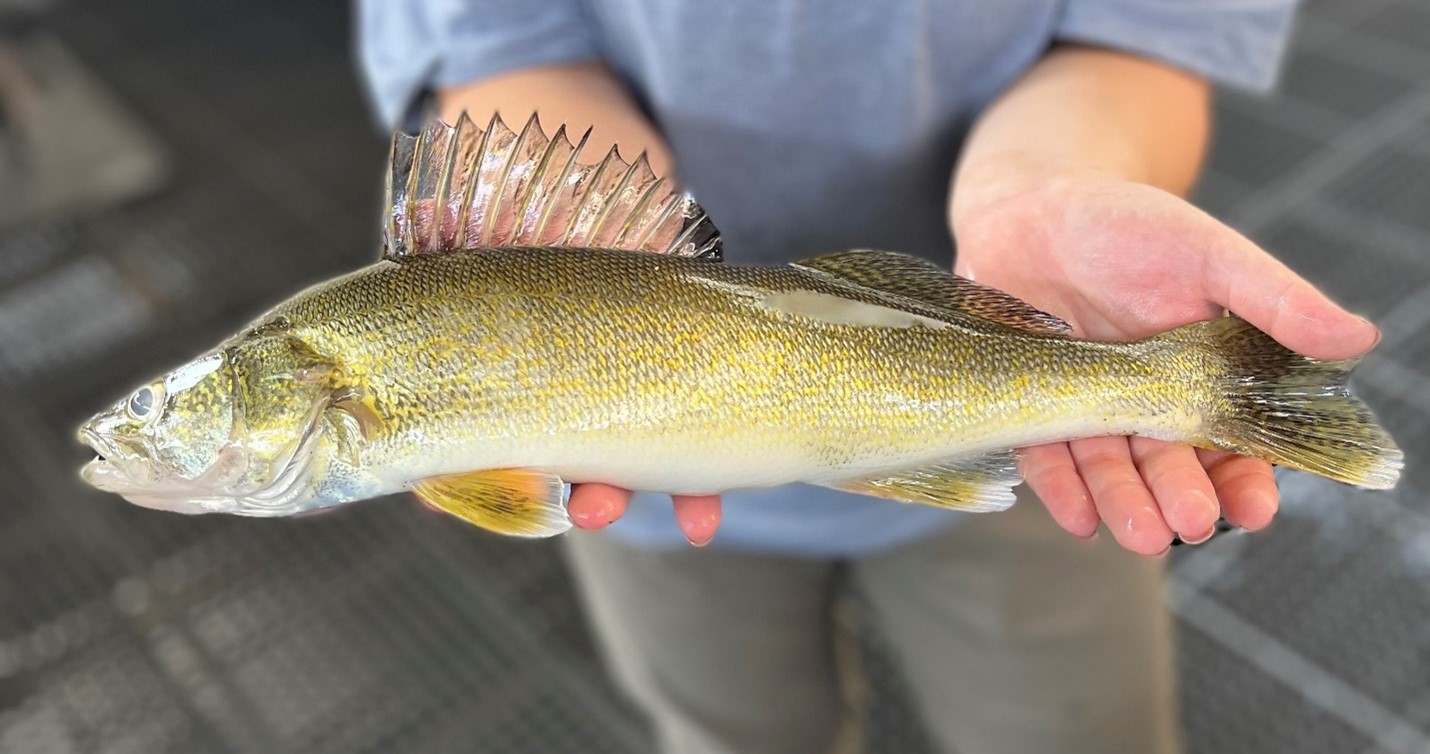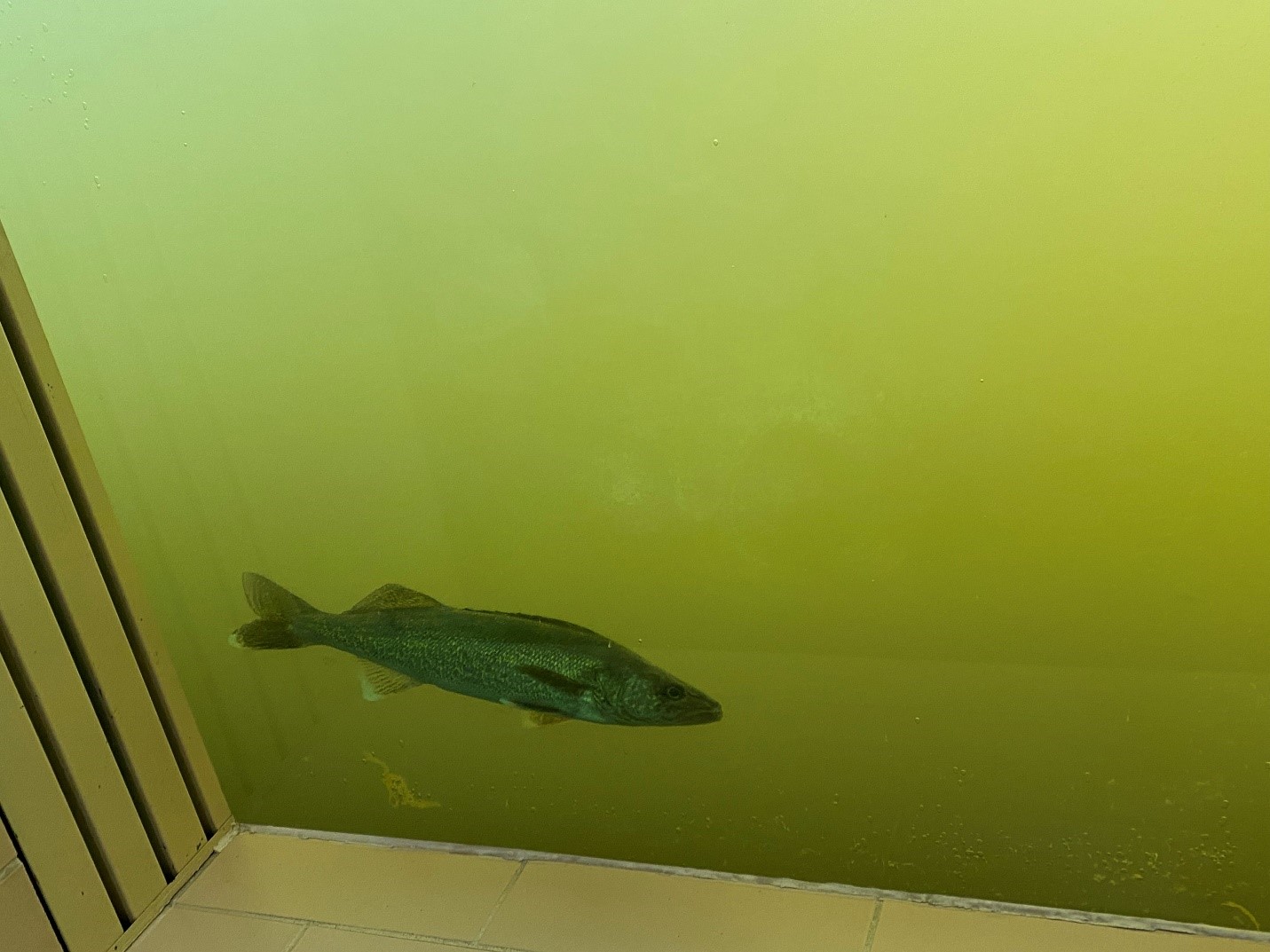Like a romcom movie, the relationship between walleye and Idaho is complicated. Some anglers enjoy them as a tasty fish, but walleye tend to upset the balance of existing fish populations, so it won’t be an entertaining story if walleye populations expand across the state.
Idaho and walleye just aren’t a good match in most places, and here’s why. Walleye are native to large Midwestern lakes that tend to have large and prolific forage bases of minnows, shiners, chubs and other small baitfish. Those baitfish are not available in most Idaho waters, so walleye are likely to eat other game fish that are highly valued by Idaho anglers. Eventually, those other fish species could be gone, or greatly diminished, and the end result could be a bunch of unhealthy, unsustainable walleye populations.
Not exactly a happy movie ending, and unfortunately, the prequels have already played out in far too many waters in surrounding states.



